
![]()
Every Sunday, we bring together a collection of easy reading articles from analytical to how-to to photo-features in no particular order that did not make our regular daily coverage. Enjoy!
Photographing Antelope Canyon on the Tour – Phil Mistry
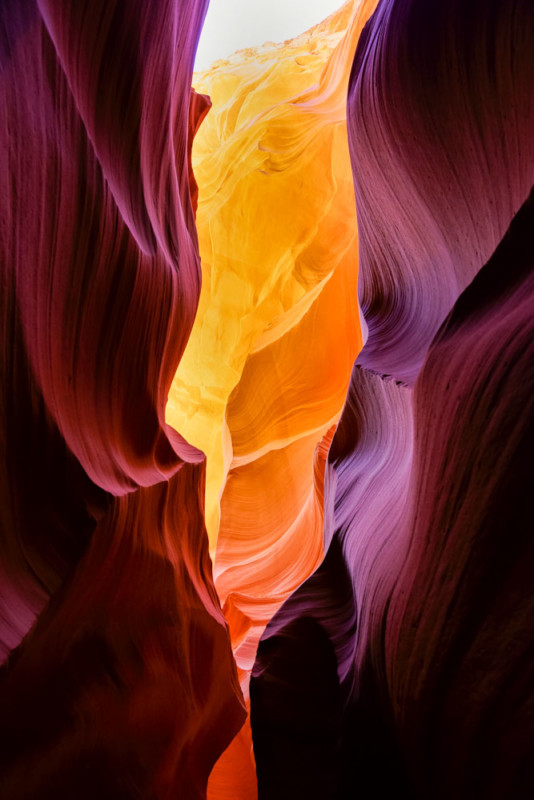


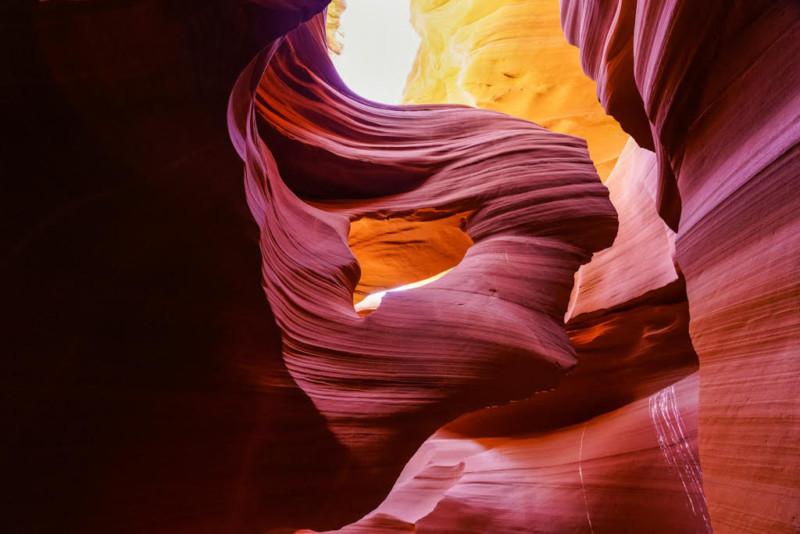


Suwandi Chandra, an Indonesian photographer, has captured colorful images of Antelope Canyon in Arizona.
Chandra had to overcome no-tripod rules, difficult lighting, crowds, and limited time in the Canyon on a conducted tour (mandatory). Chandra bought a Sony a7 III, his first Sony, and decided to test the camera’s capabilities during a trip to Arizona and Utah. On the second day, he headed over to Lower Antelope Canyon.
“Considering the situation and dusty environment, the 24-105mm coverage was more valuable to get more variation during the whole trip and also trying to avoid changing lenses,” Chandra tells PetaPixel.
Chandra started photography in 2007 when he was still working in Des Moines, Iowa as a software developer. He is self-taught and, on a trip to Alaska in 2010, fell in love with the vast and wild nature of Denali National Park, and the wildlife and the peacefulness that came with it. And now, back home in Indonesia, he is a full-time photographer.
“The canyon walls are basically the same color, but because of the timing and the sun’s position, it can help change and give different shades of colors to the walls,” explains Chandra. “I think the best time would be the early morning while the sun is still low. Also, using a better lens can helps bring out the contrast and saturation of the canyon walls.”
The tour guide helps to point out great angles or points of interest to photograph during the whole tour, but Chandra “would suggest exploring and taking a different approach to get varied types of compositions.”
During the first part of the tour, “I was just snapping around to familiarize myself with the surrounding environment. It helps me get the idea of the perfect exposure setting.” Finally, he dropped back to be the last one on tour and slowed down his shooting to perfect the shots, even at the risk of getting yelled at by the guide.
It was then that he spotted a narrow opening where the sun was streaking in. This resulted in displaying the canyon walls on both sides in multicolor and textures.
He shot in RAW to capture all the visual information on the various and vibrant colors that his eye was seeing.
Are there any differences in the practice of photography in Indonesia and the US? “Maybe in the USA, photography is more highly valued by the general public,” feels Chandra.
Warning: It is not possible to visit the Canyon independently. All visits are through one of several licensed tour operators. It has been accessible by tour only since 1997 when the Navajo Tribe made it a Navajo Tribal Park.
Quiz: Which is the most expensive photograph ever sold?
In December 2014, Peter Lik’s Phantom was claimed to be the most expensive photograph of all time. This black and white photograph of upper Antelope Canyon in Arizona shows a beam of light resembling a “ghostlike figure” and hence the name.
This was an anonymous sale for a reported 6.5 Million dollars, shattering the previous record held by Andreas Gursky’s Rhein II after it sold for $4,338,500 via the auction house Christie’s in November 2011.
Check out:
Antelope Canyon is Shutting Down Its Photo Tours Due to Overcrowding and Negative Reviews
Why I Agree with the Photo Tour Ban
What It’s REALLY Like Taking Pictures at Antelope Canyon
Why Photos of Arizona’s Famous Antelope Canyon All Look the Same
Why this $200 Canon RF 50mm f/1.8 Legitimizes the Entire EOS R System – Digital Camera World
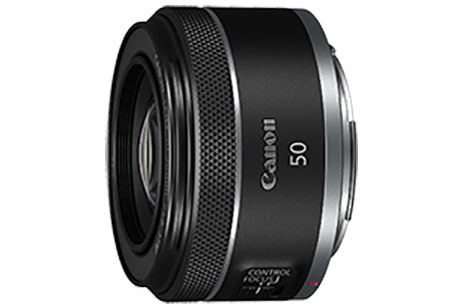


Canon’s mirrorless cameras are now two years old, and finally, an economical nifty fifty makes the most sense for the system.
As great as those cameras are, though, the strength of a new system isn’t in its bodies but in its lenses. – James Artaius
In 2018 we saw the Canon EOS R mirrorless system’s introduction by Canon to play catch-up with the runaway success of Sony. And if you wanted a nifty-fifty? Sure, get the Canon RF 50mm f/1.2L USM. But the price of this 50 mm was definitely not “nifty” on the wallet.
The past two years have seen some great glass from Canon like the Canon RF 85mm f/1.2L and the Canon RF 70-200mm f/2.8L IS USM but only ultra-expensive lenses.
The recent release of a real nifty-fifty the Canon RF 50mm f/1.8 STM and the Canon RF 85mm f/2 Macro IS STM finally makes the system sensibly complete.
The Canon EOS R system is, finally, legitimized.
Spy Cameras Revealed by Former CIA Chief of Disguise – WIRED
Spy cameras are always fascinating in how small they can be and how they can be hidden in plain sight. And how much detail you can get from a very tiny film area without being a messy smear of graininess. Jonna Mendez, former Chief of Disguise at the CIA, explains some of the agency’s photo gathering capabilities during her time and earlier in an interview with WIRED magazine.
Mendez details more on her website at https://www.themasterofdisguise.com. Her book The Moscow Rules: The Secret CIA Tactics That Helped America Win the Cold War is about her time combating the KGB in the Office of Technical Services during the cold war.
Mendez’s specialty was clandestine photography, and she prepared the CIA’s most highly placed foreign assets in the use of subminiature cameras. Photography played a large part in the cold war.
Cold War Spy Photography.
- Pigeon Photography. A homing pigeon carried a harness and a very, very small motorized, battery-operated camera with a combined weight of 1.5 oz.
- Minox Spy Camera. First sub-miniature camera available commercially that would fit in the palm of your hand. Also great for copying documents.
- Camera Concealments. Tessina Camera would fit in a cigarette box. The matchbox camera looked just like a matchbox on which you put the label of a local restaurant.
- Body Worn Cameras. Tessina and Robot T1340. Spring wound and could shoot without touching the camera.
- Fountain Pen Camera. The handmade Tropel Pen Camera was Mendez’s favorite and given only to top agents. It had a lens with eight tiny elements! Way ahead of the iPhone camera. The lens was focused at 13″ and perfect for recording documents.
Note: The CIA does not endorse the contents of this production.
There are a lot of ways to collect intelligence. Cameras were my preferred method of collection. Photography is, sort of the, indisputable truth, very often. – Jonna Mendez
Is This Picture of the Sun and Full Moon Between Two Trees Real? – Snopes
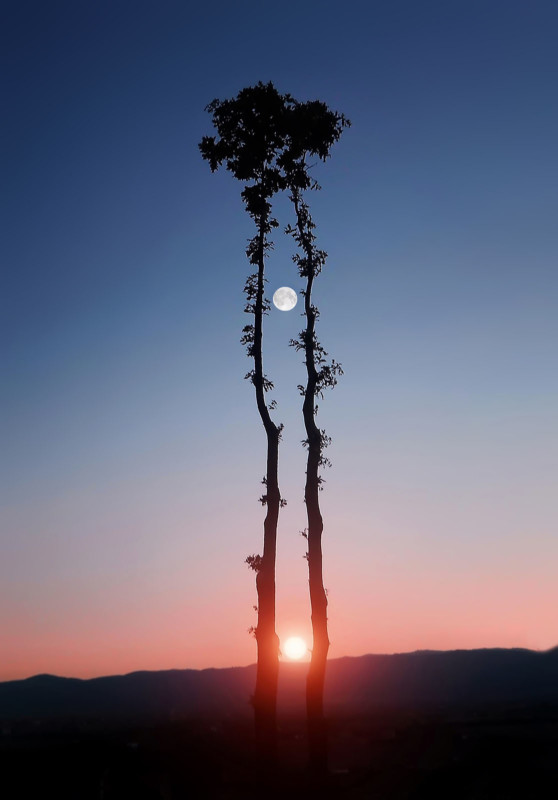


The above image showing a full moon above a setting sun and framed between two trees is a FAKE.
In May 2017, a fantastical image showing the sun and moon between two trees appeared on social media alongside an even more fantastical claim: A German photographer had fixed 16 cameras to get this shot for which he had to wait for 62 days. See the moon and sun together. This can be only seen again in 2035. Enjoy the shot.
The above-claimed text and the photo are both fake. It was originally created by Bess Hamiti and has been online since at least November 2012, when he published it to his Facebook page with a simple one-word message: “sunset.” Snopes reached out to Hamiti to find out how he created the picture; it appears that it was created by adding a moon to a genuine photograph of a sun setting between two trees.
Hamiti’s image (above) and the base photograph, which was uploaded by “Bessi” to Wikipedia in September 2012, appear to bear out that theory.
Some photographers take extraordinary measures to capture their images as PetaPixel reported that photographer Alan McFadyen said that he took over 700,000 images over the course of 6 years to capture a shot of a kingfisher’s beak piercing the surface of a body of water. The alleged above technique of fixing 16 cameras for 62 days seems to be spoofing on the workflow of photographers like McFadyen.
There was also footage of a large cat swiping at a bird (page no longer active) where the description bore some resemblance to the claim of multiple cameras as in the sun and moon between the trees.
This cat video makes more sense than the tree photograph, although Snopes has not verified the claim. The cat is an animal that is moving fast, so a photographer may need multiple cameras to capture a quality photograph. The sun and the moon, on the other hand, are not going to make any sudden movements.
Scientifically speaking, this is impossible to occur in nature. The sun and the moon can at certain times be seen together in the sky but, a full moon only occurs when the moon is exactly opposite the sun.
In short, the moon sets just as the sun is rising, and the moon rises just as the sun is setting. This is also the only night in the month when a lunar eclipse can happen. Even so, eclipses normally happen only one full moon out of every six; the other times, the Earth’s shadow is either too high or too low to touch the moon.
Also, as every night sky photographer is aware, the full moon only rises at sunset and sets at sunrise.
Color of the Year Announced for 2021 – CNN
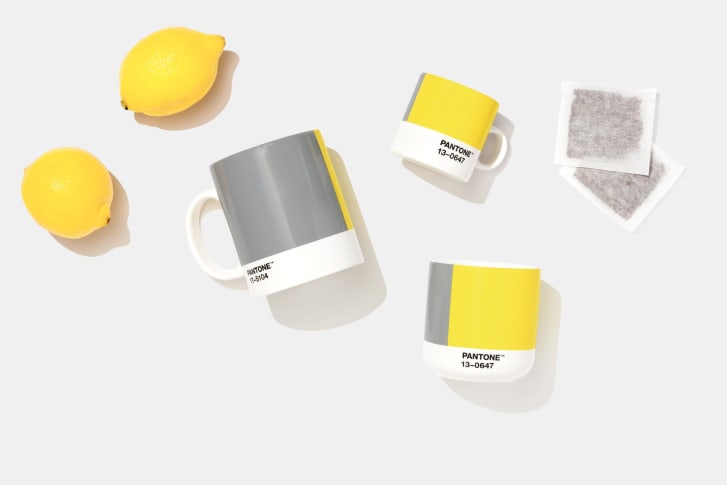


Introducing the Pantone Color of the Year 2021…
Produced by @artechouse #Pantone #pantone2021 pic.twitter.com/nU8cky9OhI— PANTONE (@pantone) December 9, 2020
Usually, there is only one color of the year, but this year Pantone has announced two: PANTONE® 17-5104 Ultimate Gray And PANTONE 13-0647 Illuminating.
The muted “Ultimate Gray” is the first achromatic shade to be selected for Color of the Year, and it offers a stark contrast to the sunny “Illuminating” yellow. “Ultimate Gray” indicates “feelings of composure, steadiness and resilience,” Laurie Pressman, vice president of the Pantone Color Institute, claims. The Pantone team preferred to select a neutral shade that wasn’t heavy enough to elicit the feelings of moodiness and unhappiness, which are reflected by gray.
“As 2020 nears its tumultuous end, the Pantone Color Institute has taken up its annual task of forecasting the color that will best reflect the year ahead,” says CNN. “[This is] the second time two colors have been chosen. In 2016, the pale pink and blue hues, Rose Quartz and Serenity, broke the norm when they were presented as a gradient.”
“For us photographers, the announcement of two colors gives us twice as many opportunities to get creative than in previous years,” says Fstoppers. “I’m sure we will see plenty of people trying to combine these new colors with lighting and gels in interesting ways.”
Pantone colors are generally more for designers, but some photographers may decide to use the new shades in their marketing materials.
Pantone wants people to consider the colors’ impact as a unified pair, hinting at the importance of solidarity in the coming year.
Why I Like This Photo – by Denise Cottin
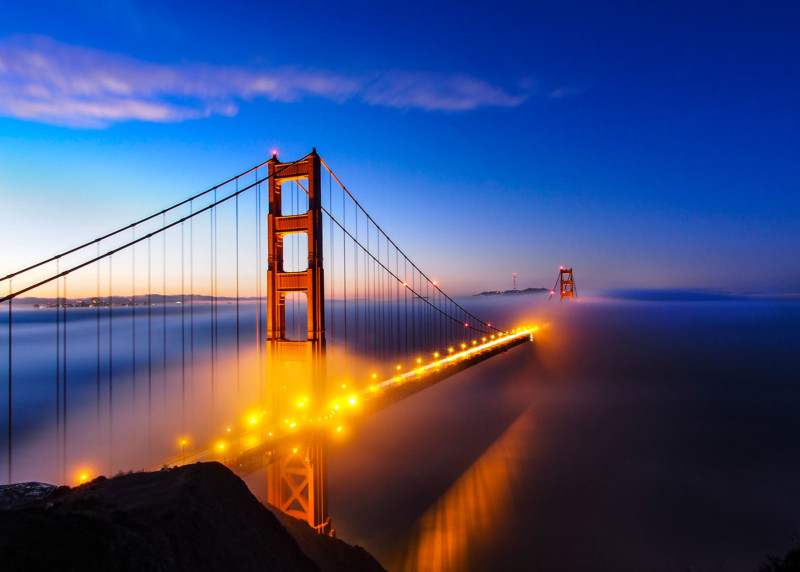


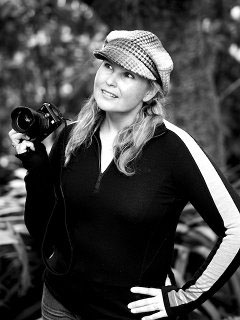


I like the balance and rhythm that I first saw through the viewfinder when I visualized this image. The landscape itself is horizontal, with the fog moving right to left, and the bridge is simultaneously vertical and diagonal. Lines and focal points drive the journey through the image.
When I look at this image, I see a story of contrasts. The softness of the fog contrasts with the hard lines of the architectural elements. The coolness of the blue and lilac shades in the ambient light contrasts with the warmness of the sodium lights and the bridge’s bold red. I feel that these contrasts work in harmony and make the image “pop.”
I am incredibly grateful that architect Irving Morrow fought hard to paint the Golden Gate Bridge “International Orange.” His peers applauded his architectural art deco aesthetic but did not support such a bold color choice.
Every tourist, resident, and photographer who has fallen in love with this iconic bridge owes a deep debt to Mr. Morrow, and I pay homage with this image.
For this particular shot, I was in position more than an hour before sunrise, and this capture was made 34 minutes before the sun crested the horizon. Although I have shot this bridge hundreds of times, each capture is different. The image varies drastically from one minute to the next as much as it differs one day to the next. Some days are successful, and some are not.
The element of surprise, never knowing exactly what I will get, is what keeps me coming back.
The strong lines of the bridge lead the eye from one tower to the next. The eye can rest on the negative space on the right, and then the city lights on the left beckon the eye back into the image and then back to the main tower. It seems like a simple composition, but a lot is going on. I think that is why so many people are drawn to this image.
Photographer extraordinaire David Yu called this photograph “a lucky snapshot of low morning fog.” David and I have both shot at this location many times, and we know that getting a great shot requires countless hours of waiting for that lucky moment when the light is just right.
When people ask me what it takes to get this shot, I respond,
30 years and one-tenth of a second.
That’s years of practicing and waiting and one satisfying click that captures the special moment.
Denise Cottin is the VP of Curriculum at the Academy of Art University in San Francisco and a 1997 graduate of their photo program but has been working for the school since 1991 in various roles. She explores the world, both underwater and on dry land, seeking to capture reminders that no person leaves a place without forever changing or being changed by that space. Current projects focus on coral reefs in Belize and Fiji with the intent to spread environmental awareness about these fragile ecosystems.
Quote of the Week (or a Previous Week):
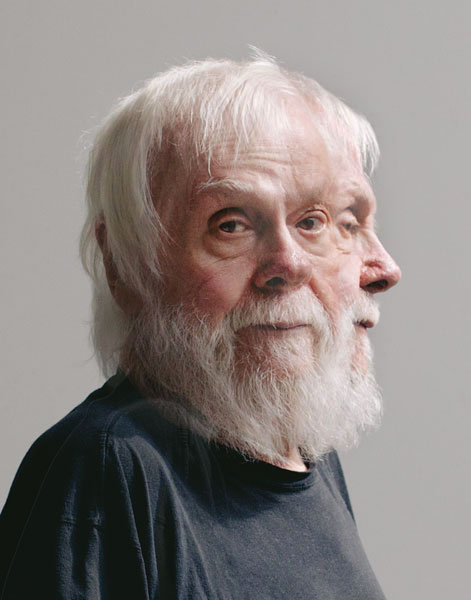


I could never figure out why photography and art had separate histories. So, I decided to explore both. — John Baldessari (1931-2020)
American conceptual artist known for his work featuring found photography and appropriated images.
Source: And then I also had a parallel interest in photography. I would go to the library and read books on photography. I could never figure out why photography and art had separate histories. So, I decided to explore both. It could be seen as a next step for me, getting away from painting. That might be fruitful. Later, that was called conceptual art.
Interview Magazine, David Salle, October 9, 2013.
We welcome comments as well as suggestions. As we cannot possibly cover each and every source, if you see something interesting in your reading or local newspaper anywhere in the world, kindly forward the link to us here. ALL messages will be personally acknowledged.
About the author: Phil Mistry is a photographer and teacher based in Atlanta, GA. He started one of the first digital camera classes in New York City at The International Center of Photography in the 90s. He was the director and teacher for Sony/Popular Photography magazine’s Digital Days Workshops. You can reach him via email here.
Image credits: All photographs as credited and used with permission from the photographers or agencies.

